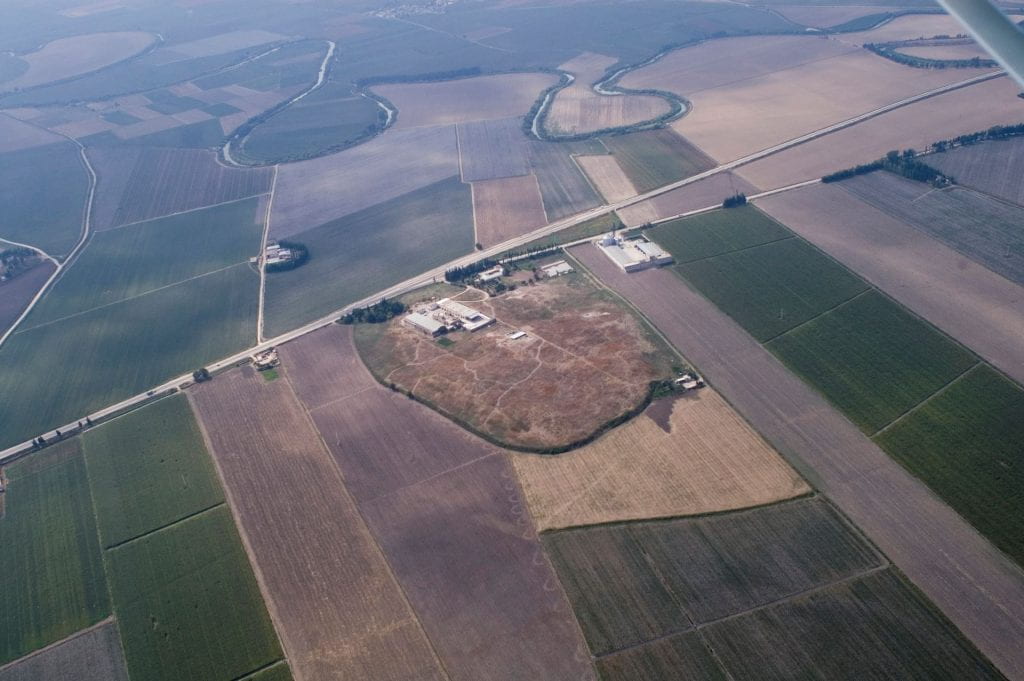Tayinat Archaeology Project
Timothy Harrison, Director; Professor and Chair, Department of Near and Middle Eastern Civilizations, University of Toronto
Tell Tayinat is a large archaeological mound located in the Amuq Valley, at the northern bend of the Orontes River at the intersection between the Anatolian highlands to the north, the Levantine coast to the south, and the lowland steppes of Syria to the east, 2 km away. It was the scene of large-scale excavations in the 1930s, which uncovered several large palaces (called bit hilani), a temple (famously compared with Solomon’s temple), and numerous beautifully carved stone reliefs, sculptures, and stelae inscribed with Luwian (Neo-Hittite) hieroglyphic inscriptions, and helped to identify the site as ancient Kunulua, capital of the Neo-Hittite/Aramaean Kingdom of Patina/Unqi. Artifacts unearthed by the TAP since 1999 date from more than 3,000 years ago. They include a magnificently carved stone lion, a sculpture of 9th century BCE King Suppiluliuma, and the remains of a temple thought to be constructed during the time of King Solomon in the 10th/9th-centuries BCE.
The Tell Tayinat project members are collaborators on the CRANE project in OCHRE.

